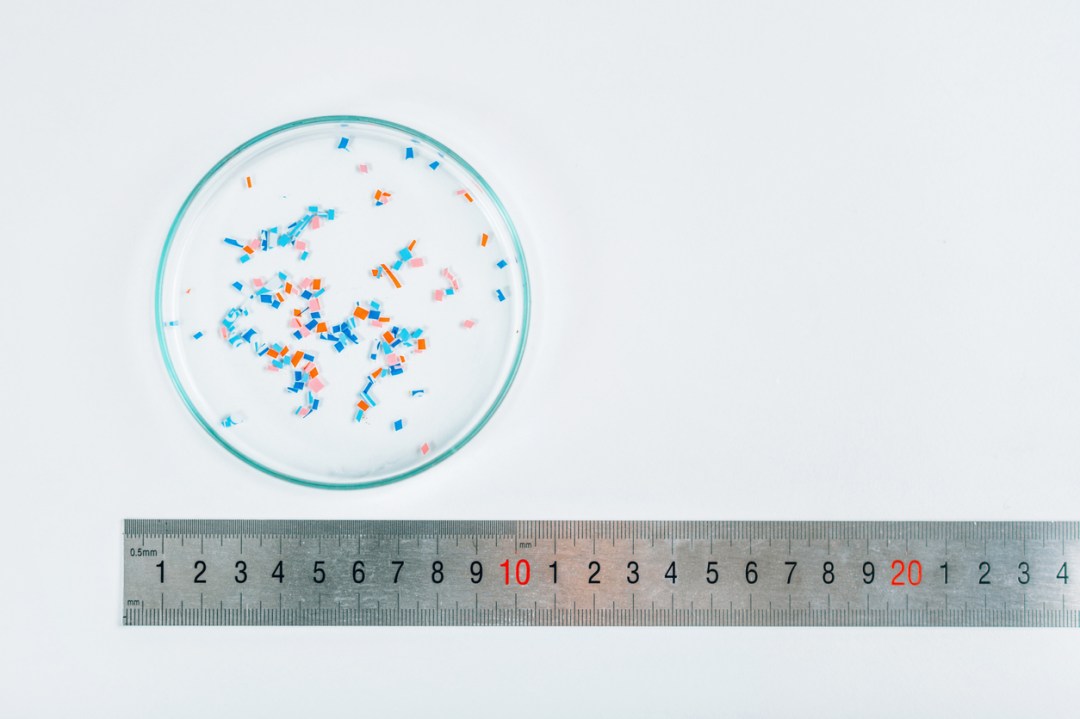They’re everywhere, it seems: in the oceans, the fish, the soil, our drinking water, our vegetables, our grains and cereals, our meat – even in us. Microplastics and smaller nanoplastics are tiny particles of plastic flubbage measuring half a centimetre or less that result from the degradation of plastic refuse, and according to recent news coverage the world is simply crawling with the stuff.
Anxiety might turn out to be the biggest health problem caused by microplastics
It’s getting everyone in a tizzy. On the one hand you can’t possibly avoid it, since it’s already more or less everywhere. But you must do something, the reports insist, or risk a plethora of terrifying health consequences: cancer, hormonal imbalance, diabetes, reproductive problems, and more.
But before you start feverishly ridding yourself of ice cube trays and rubber spatulas, some nuance: nobody actually knows if they make you sick. A major 2016 study about microplastics poisoning fish – which made some people stop eating seafood – turned out to be fraudulent.

Get Britain's best politics newsletters
Register to get The Spectator's insight and opinion straight to your inbox. You can then read two free articles each week.
Already a subscriber? Log in







Comments
Join the debate for just £1 a month
Be part of the conversation with other Spectator readers by getting your first three months for £3.
UNLOCK ACCESS Just £1 a monthAlready a subscriber? Log in